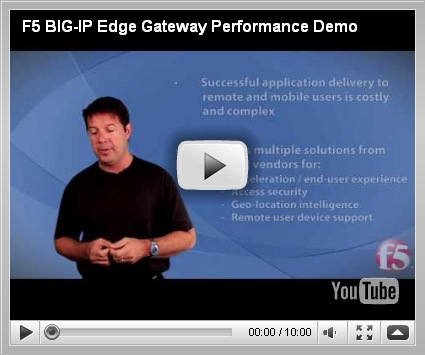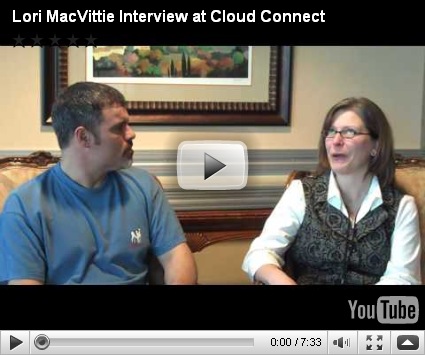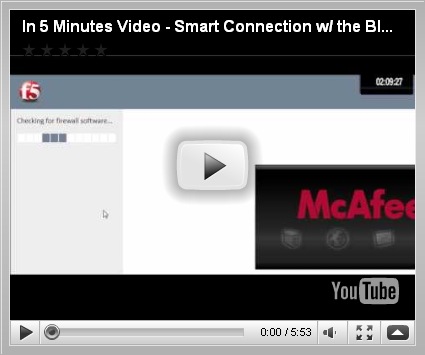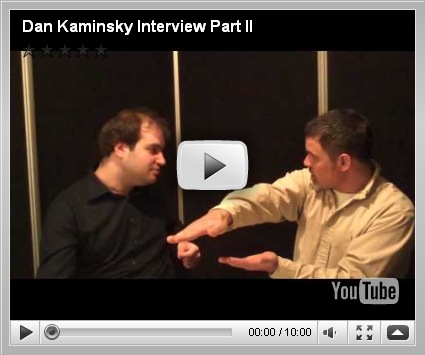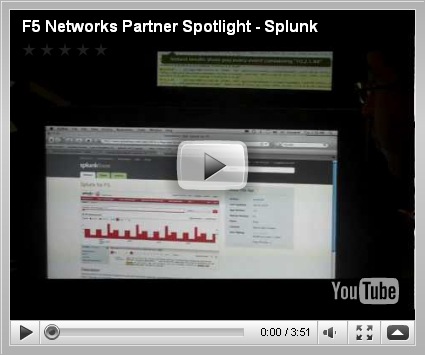ATT showed up at my door yesterday explaining that they are pulling all the copper (as he pointed up at the telephone pole) and replacing it with fiber to the home. It’s fun watching these young sales guys go for the immediate assumptive close with, ‘You’re one of the lucky ones and now your phone, internet and cable will be going over fiber – which package best suits you?’ I’m not one of those ‘triple-play’ fans but the whole ‘fiber to the home’ reminded me of a presentation I saw last week at the IDC Directions 2010 in San Jose: Smart Cities: Proving Ground for the Intelligent Economy from Rick Nicholson, VP Research, IDC Energy Insights. There are two big mega trends, as he put it, to the Smart City: Urbanization and Intelligent Technologies.
Urbanization. As Wellington E. Webb, the former Mayor of Denver put it, ‘19th century had Empires, 20th century had Nation States and the 21st Century will be a century of Cities. The percent of people moving to cities is on the rise.
Intelligent Technologies. There are many Intelligent Devices like smart meters, sensors, camera, smartcards, cell phones and all the other devices that capture and send data. There are also pervasive Broadband networks to connect all the devices and there are Analytics and Social Media to process all the real time information. Devices plus Technology drives Smart Cities.
Why are people moving toward a Smart City? There is Sustainability. Things like going green, conserving water, power and resources is not only smart for the planet but to our overall survival. There is a business reason - economic development is occurring in these cities and there is Stimulus Funding to jump start these ventures. A Smart City infrastructure needs to support Energy, Network Communications, Water, Transportation, Buildings, City Services and it’s technology that ties these all together. There are also many IT opportunities in the Smart City. Energy is one. Rick explained that electric use has doubled from 1973 and continues to grow. Cities must meet that demand with clean, efficient energy while managing energy costs. With the Smart Grid, there are opportunities for hardware, software, devices and communications. There are smart meters and grid sensors, there are electric vehicles and their networks - and all these need software and analytics to help manage use. He talked about Transportation as a Service, Car 2.0 or Mobility on Demand. For a fee (which includes everything – gas, maintenance, insurance), you can pick up a ‘TaaS’ car where ever it may be parked, use a special smartcard to unlock & start it and leave it at certain approved locations (with the smartcard capturing time/mileage/etc) for the next customer to drive. You need routing and sharing information, charging stations, back office CRM and Asset Management software along with consumer services to make it all work. A Daimler venture called Car2Go is in a pilot trial in Austin, TX.
In Health Care, the aging population, costs, chronic disease all bump up against the quality of life expectations we all have. Both for better care and controlling costs we now have telemedicine, remote patient monitoring, intelligent devices, electronic health records, patient portals and so forth. All these need to communicate, coordinate and collaborate for proper end user care.
In Retail, there is a battle between the small urban shop and the large suburban warehouses. It costs more money to deliver goods to cities so shelf space and understanding what the consumer wants/needs is very critical. In-store technology includes things like, self service check out, mobile Personal Shopping Assistants and digital signage. Once again, back office software and infrastructure are a major components. Partnering with someone who’s building out a lot of this infrastructure or providing the devices, might be advantageous according to Rick.
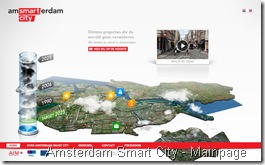 For Financial Services and consumer banking in the urban area, there will be fewer and smaller branches, fewer specialists and already, there is some acceptance of consumer self service. Smart Banking will have Personal Teller Machines which is essentially an ATM but with video and voice. There’s mobile banking, security & fraud analytics and again, back office software, a dynamic infrastructure and those specialized controllers to seamlessly integrate and deliver all these.
For Financial Services and consumer banking in the urban area, there will be fewer and smaller branches, fewer specialists and already, there is some acceptance of consumer self service. Smart Banking will have Personal Teller Machines which is essentially an ATM but with video and voice. There’s mobile banking, security & fraud analytics and again, back office software, a dynamic infrastructure and those specialized controllers to seamlessly integrate and deliver all these.
He sees these Smart Cities gaining traction in mid-size cities, like Austin, TX who wants to become the Clean-Tech Capital with their Pecan Street Project. Amsterdam is another example of sustainable living in a port city. Now, instead of having the ships dock and run their diesel generators, they can plug in at the port which reduces noise and pollution. He mentioned that many of these projects are still in the early stages and establishing a Brand now is important. Here too, partnering with engineering firms, contractors, construction and the makers of the intelligent devices is a great way to get in at the beginning and says there is a $200 Billion market globally.
The Bullets:
- Need to sell to both public and private consortia
- Look for Smart Cities popping in medium size urban areas since these are still in development
- Emerging markets in Asia and the Middle East are ripe since they are essentially starting from scratch.
ps
Technorati Tags: Pete Silva,F5,security,application security,network security, business, education, technology
